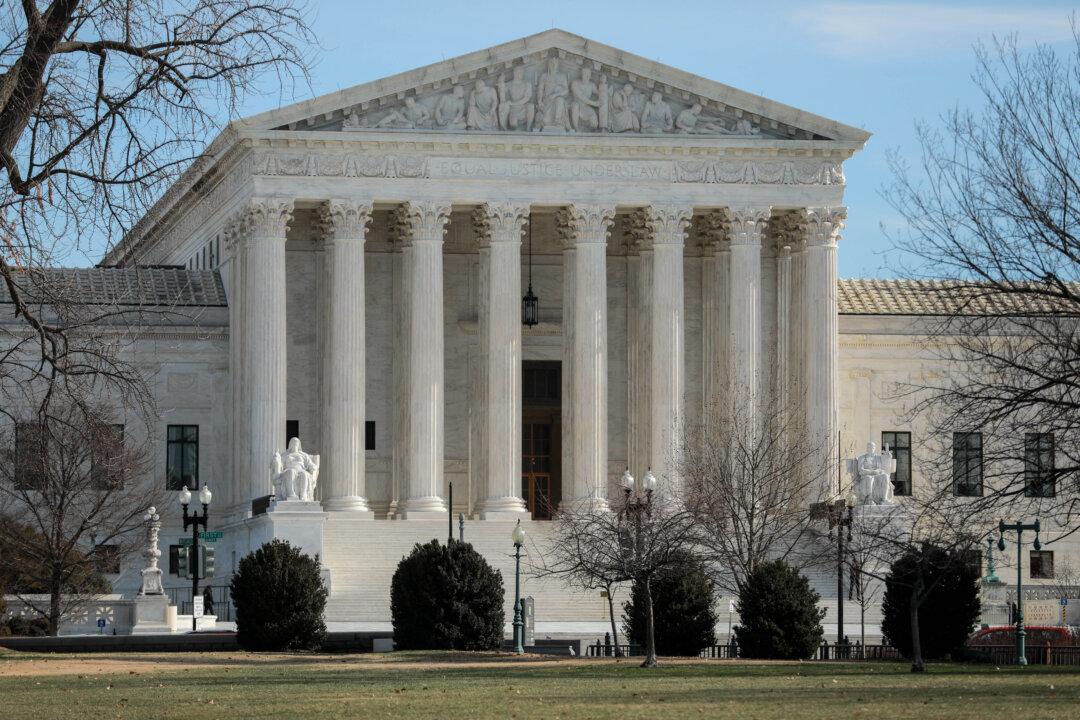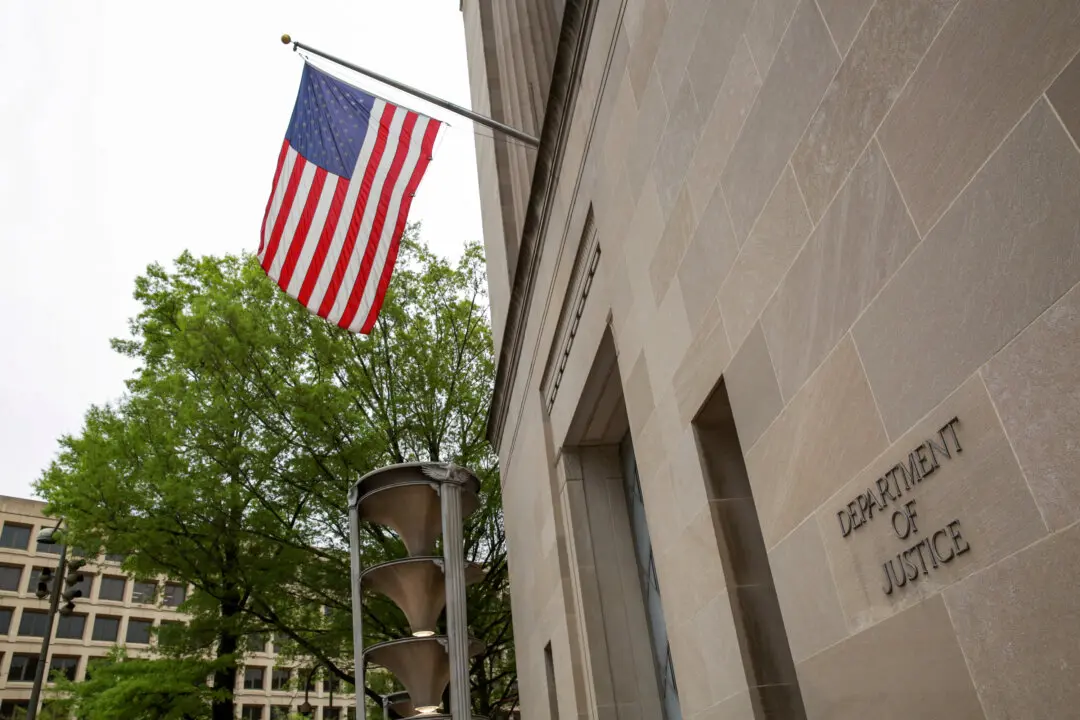The Supreme Court ruled that Congress had intended to provide greater protection to older federal workers in age discrimination cases compared to private-sector and local and state workers.
The top court found that the Age Discrimination in Employment Act of 1967 (ADEA) requires that employment-related decisions “be untainted by any consideration of age.” This makes it easier for federal workers over 40 to sue over any age bias as long as they can show that age was a factor in the decision-making process.




